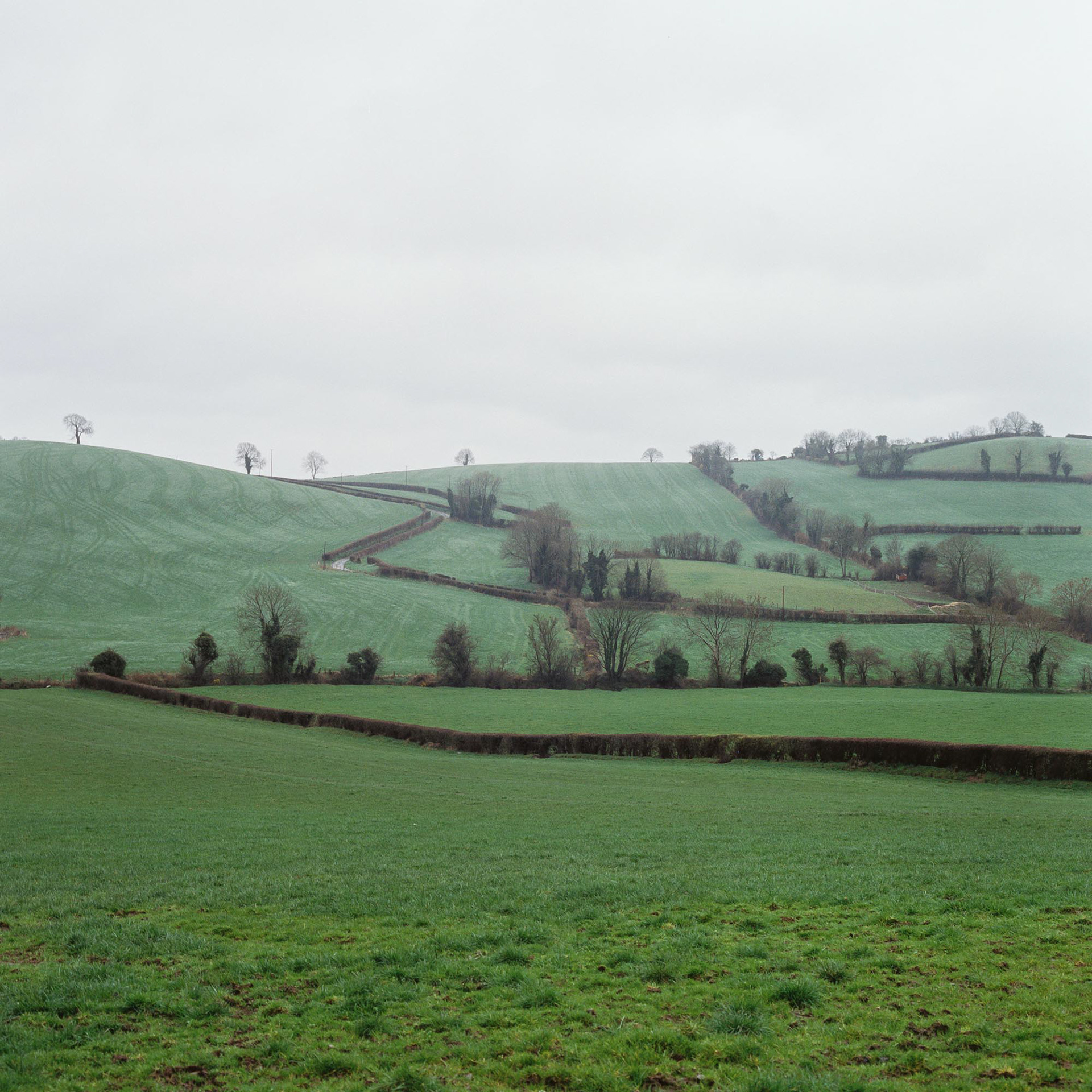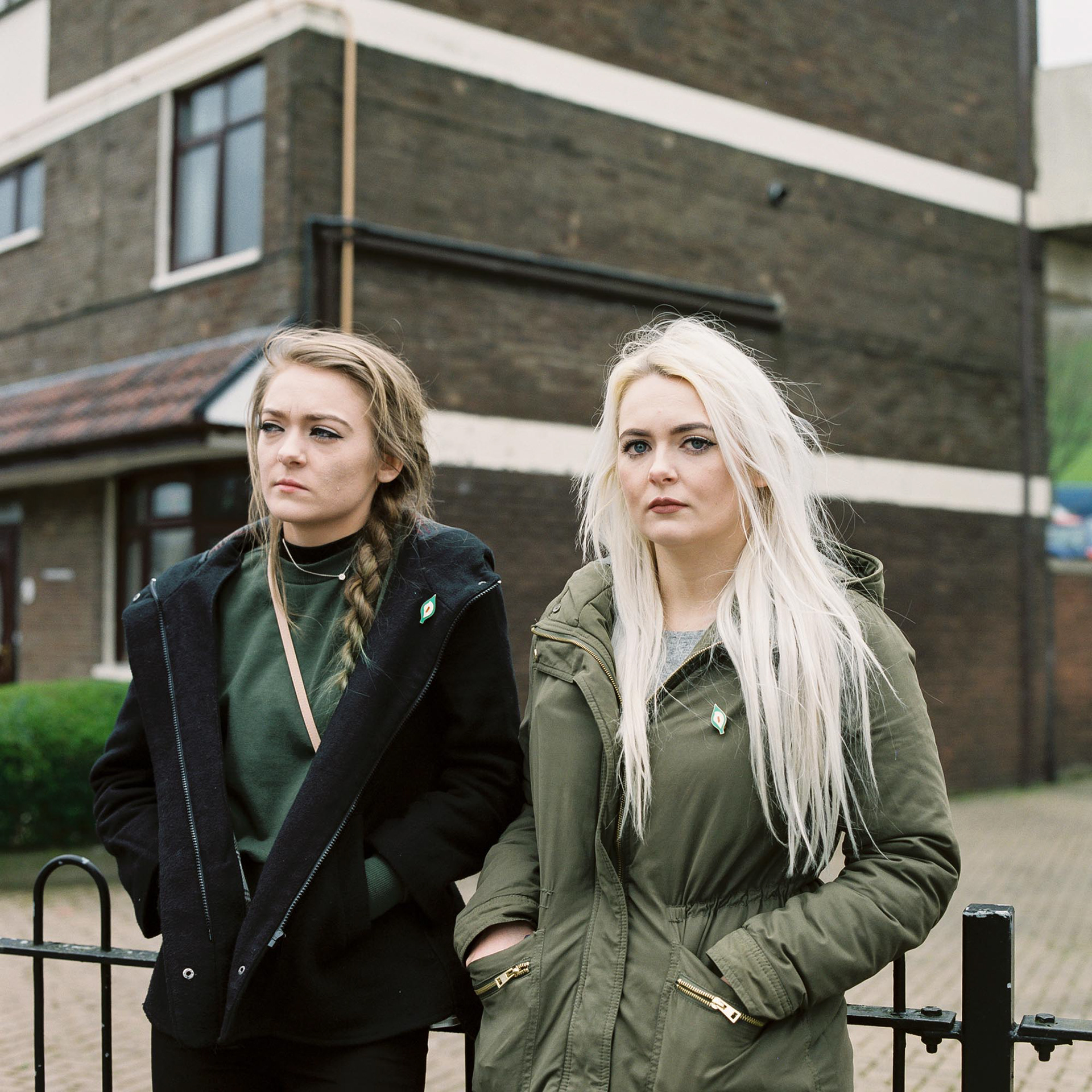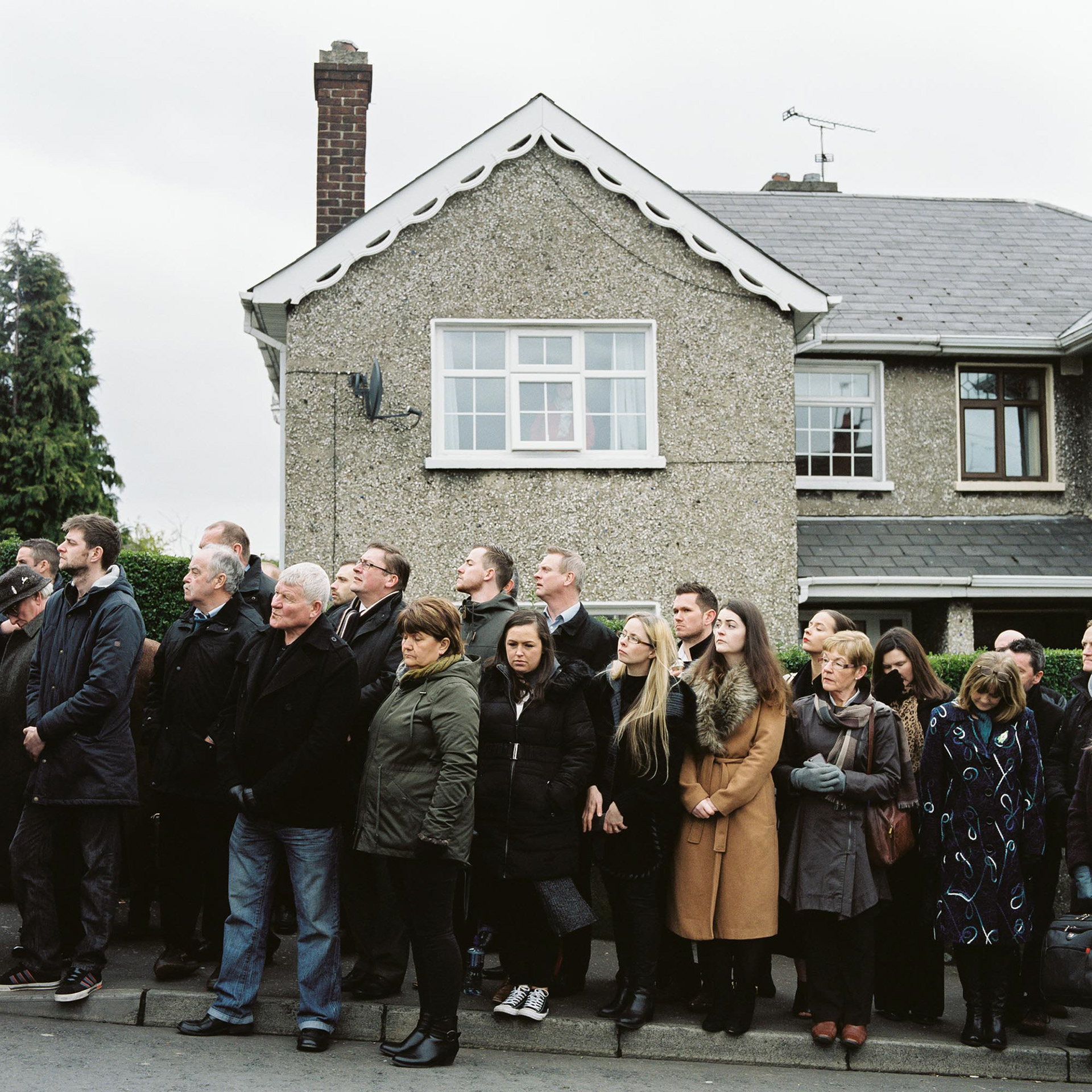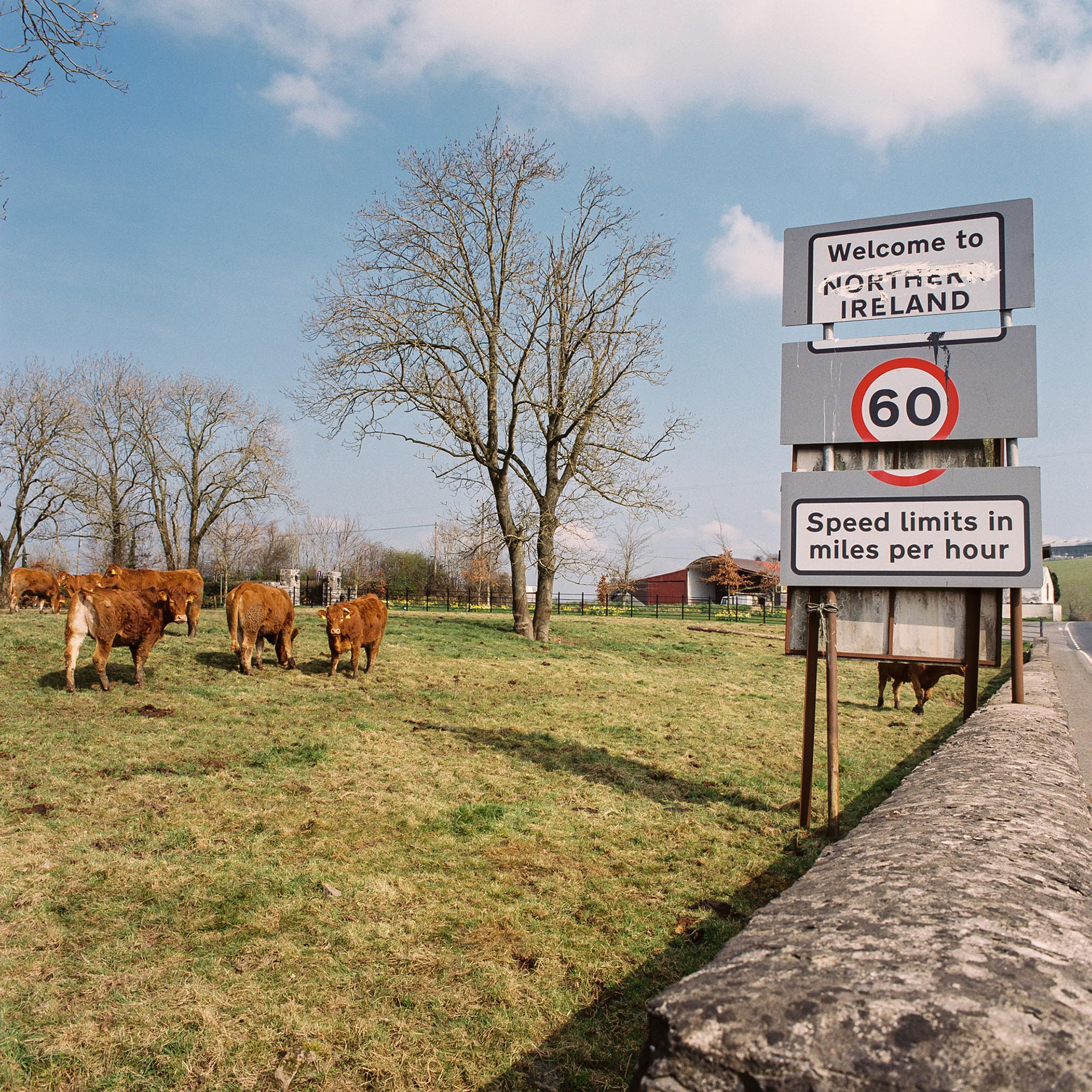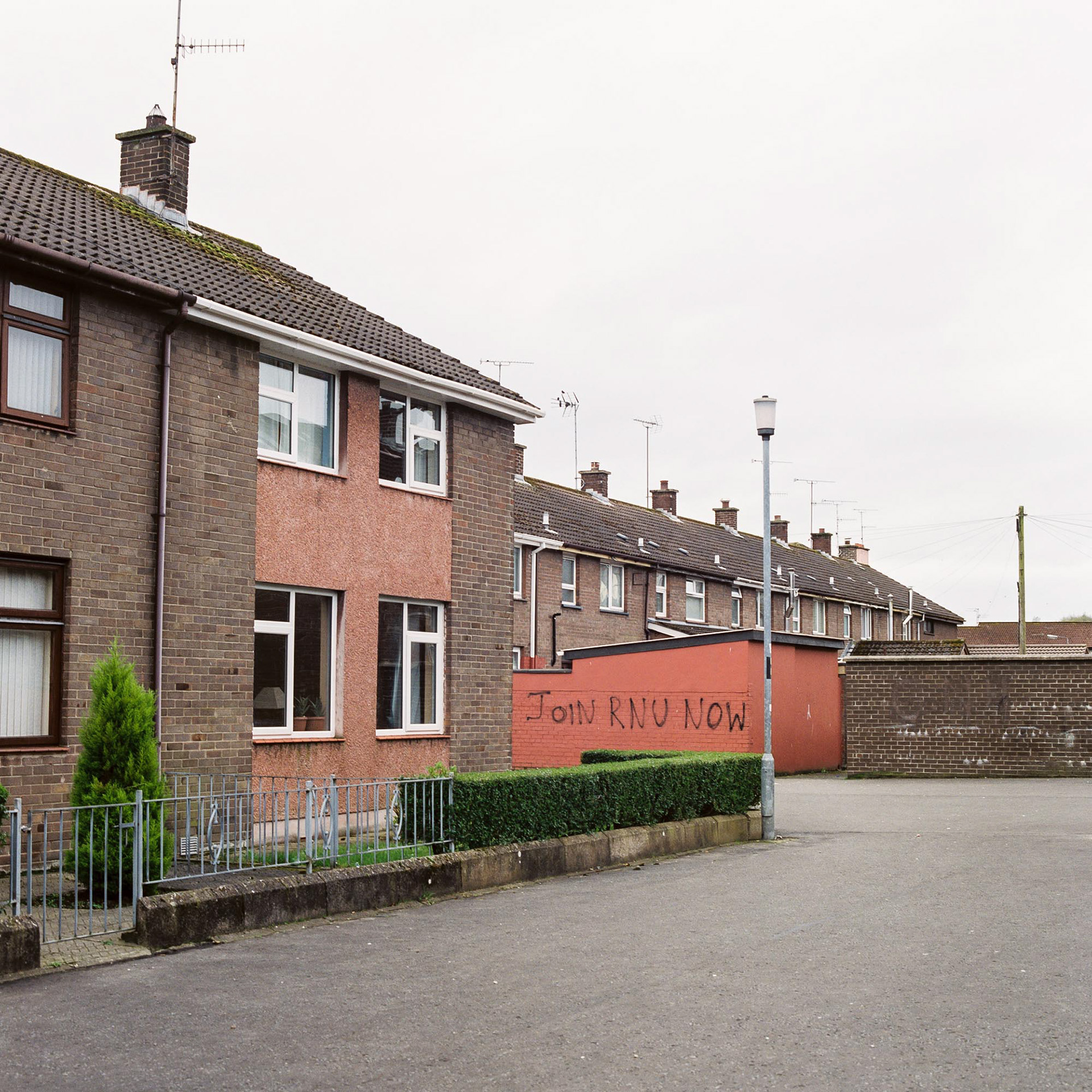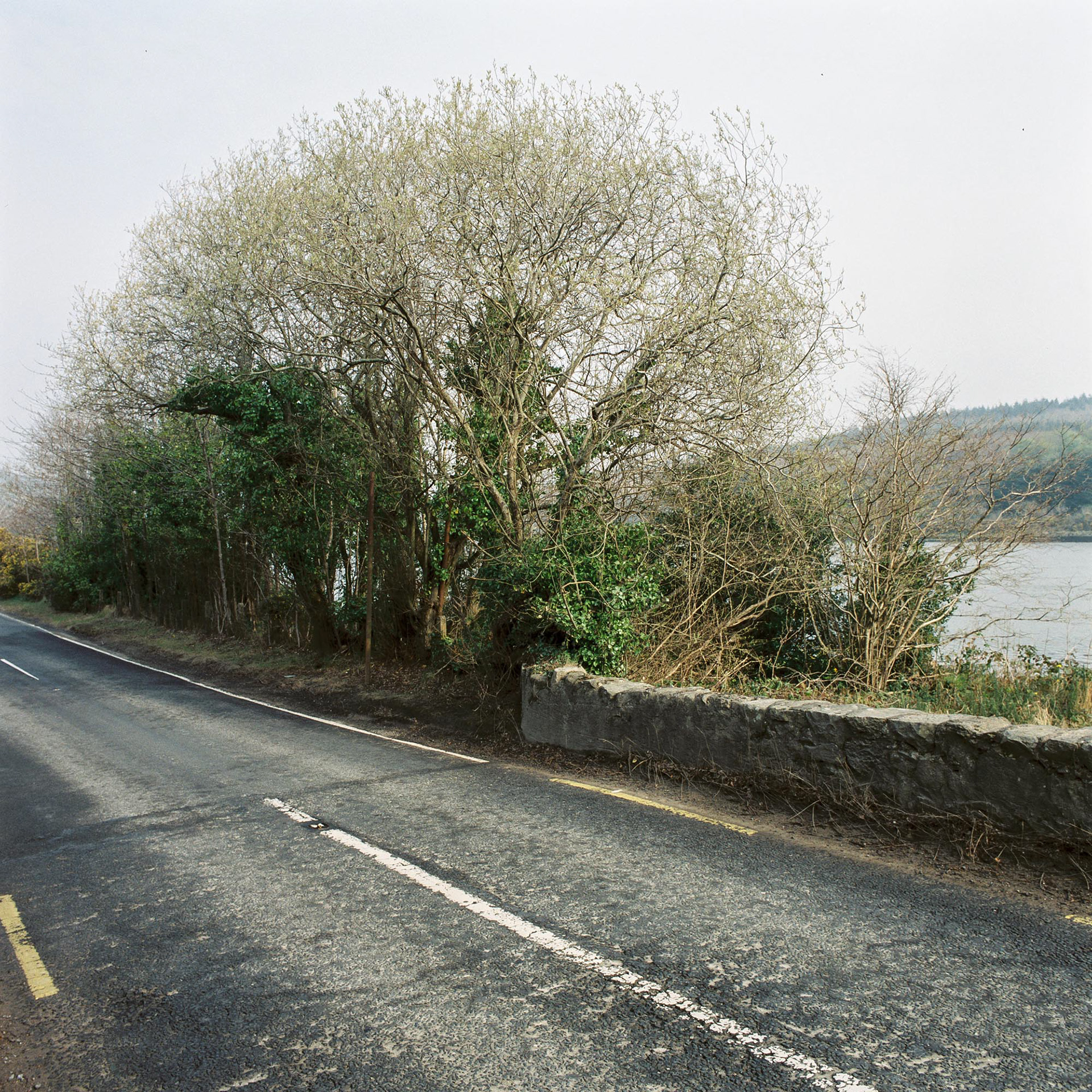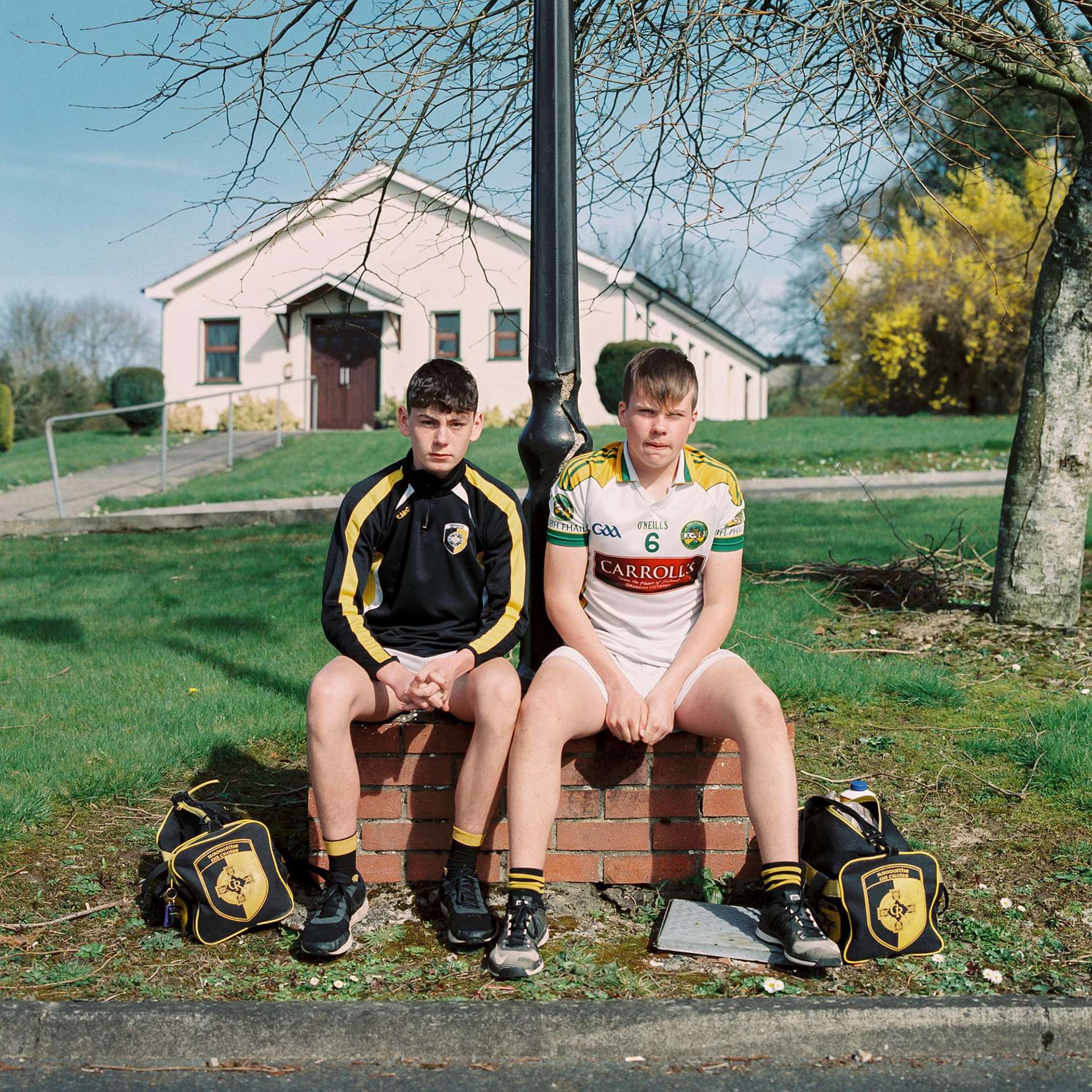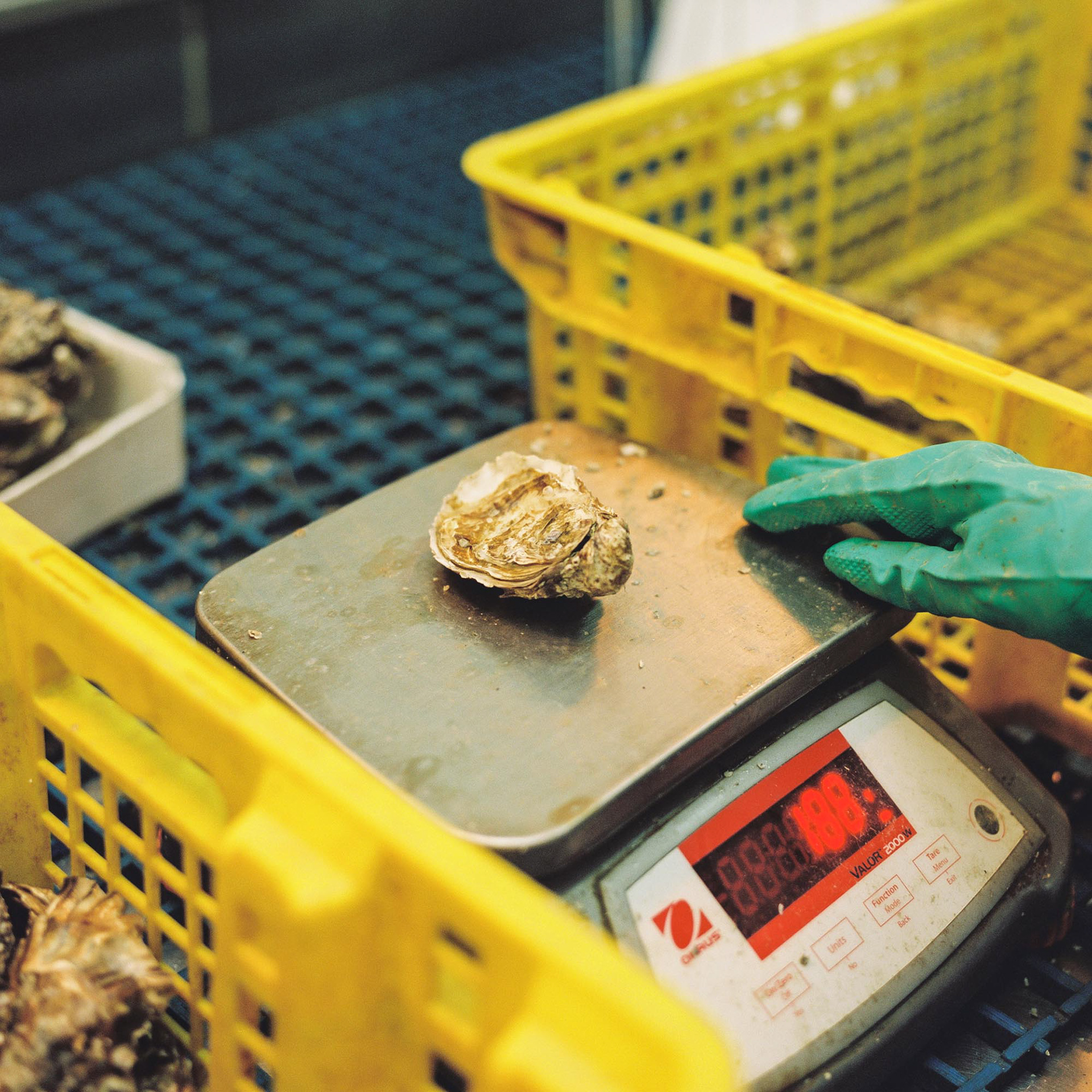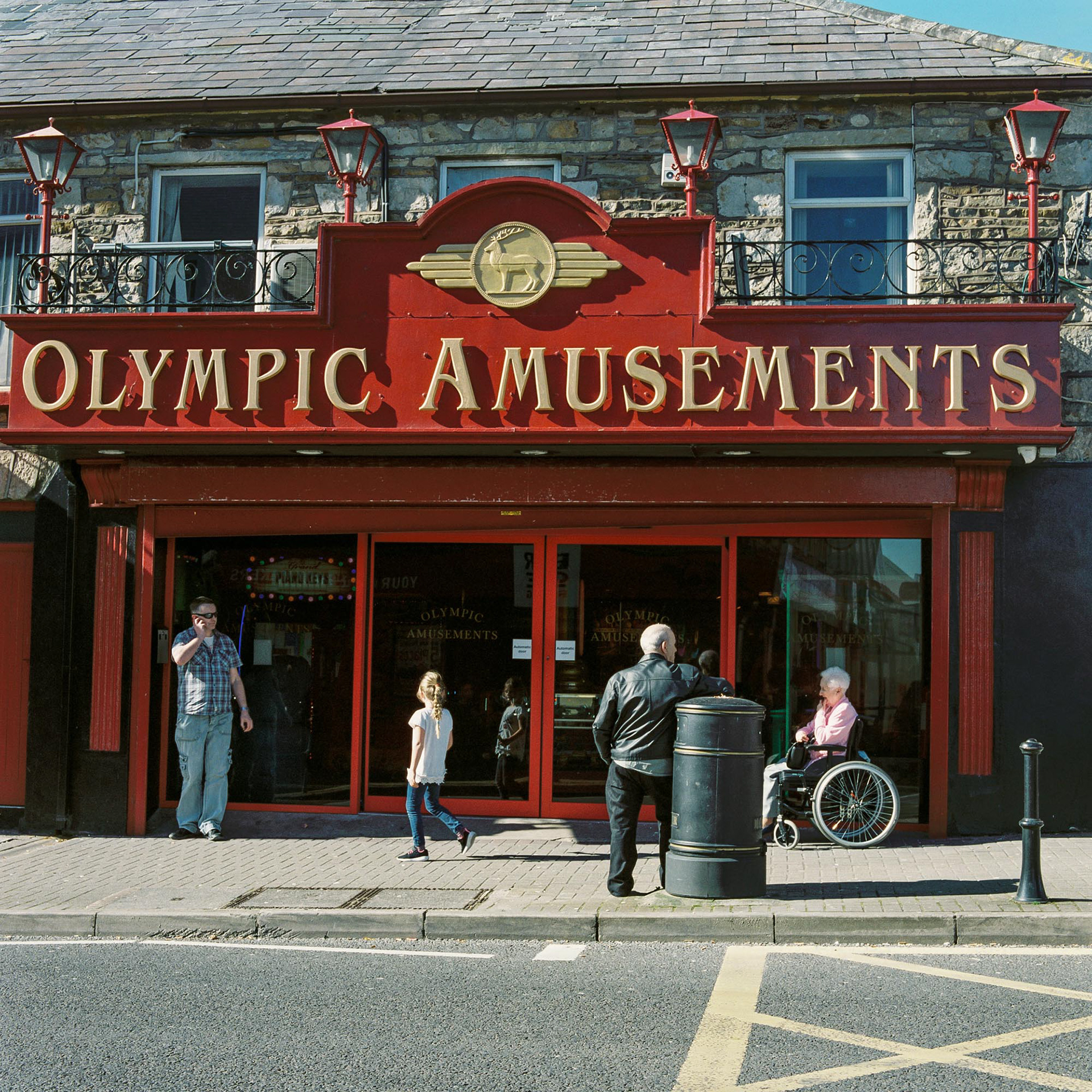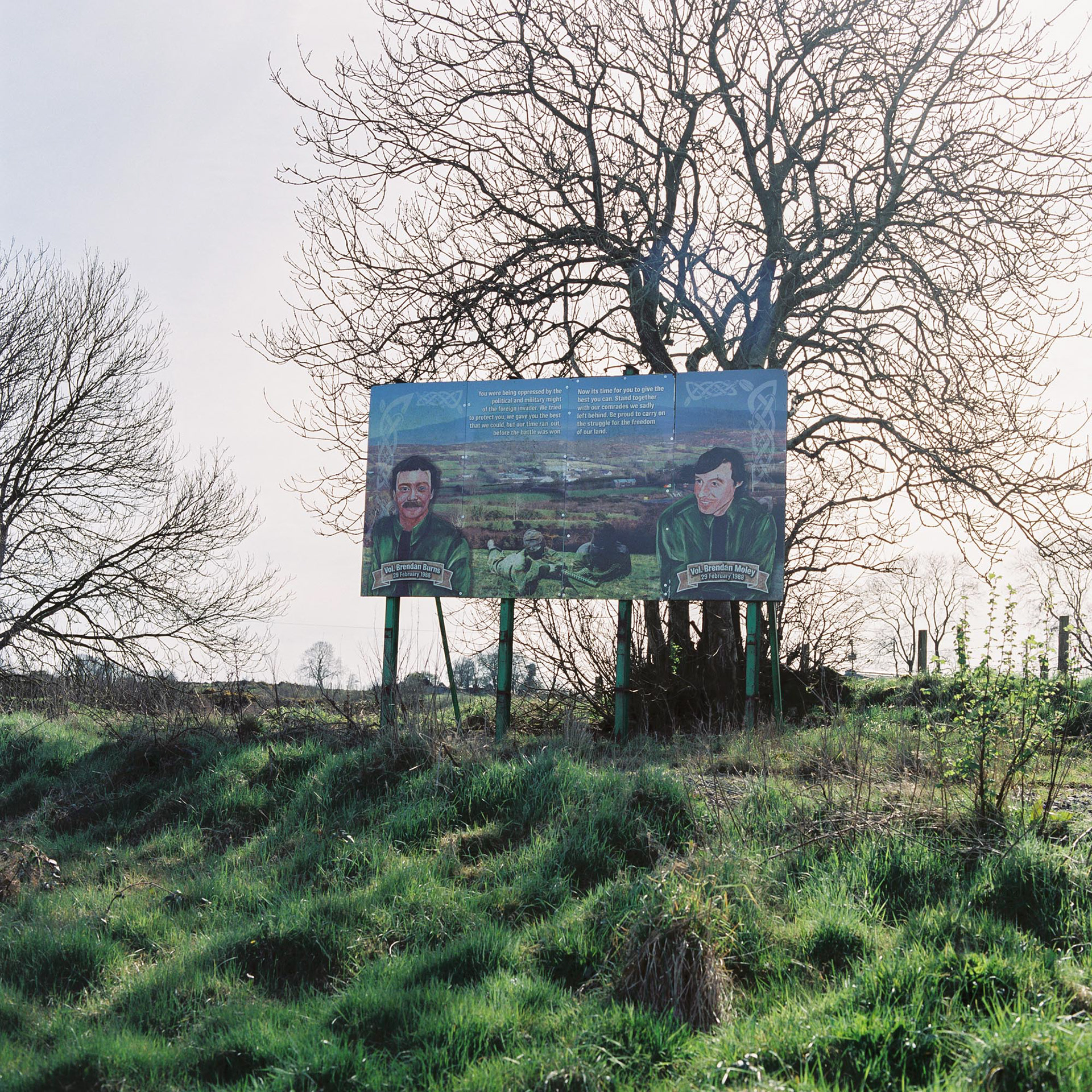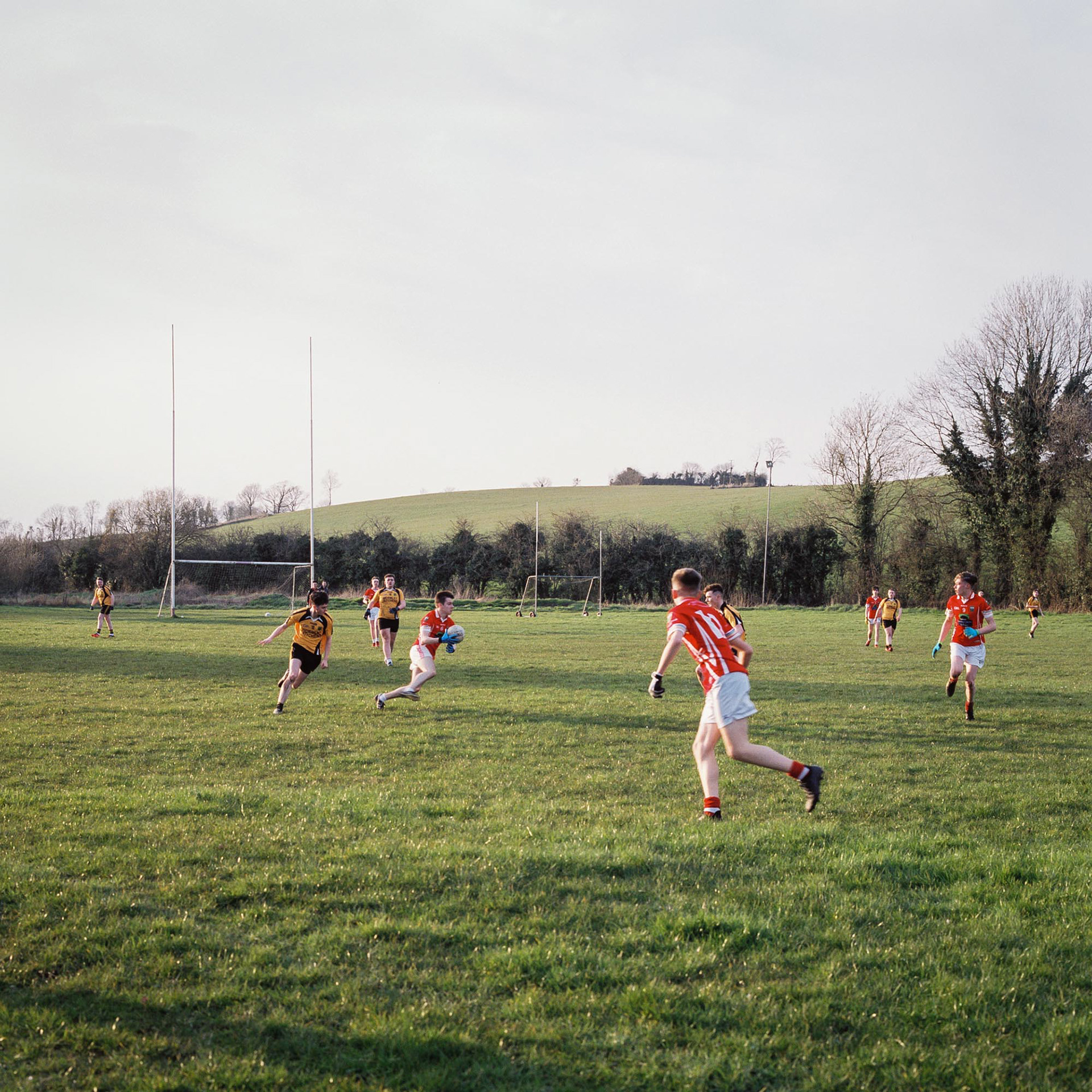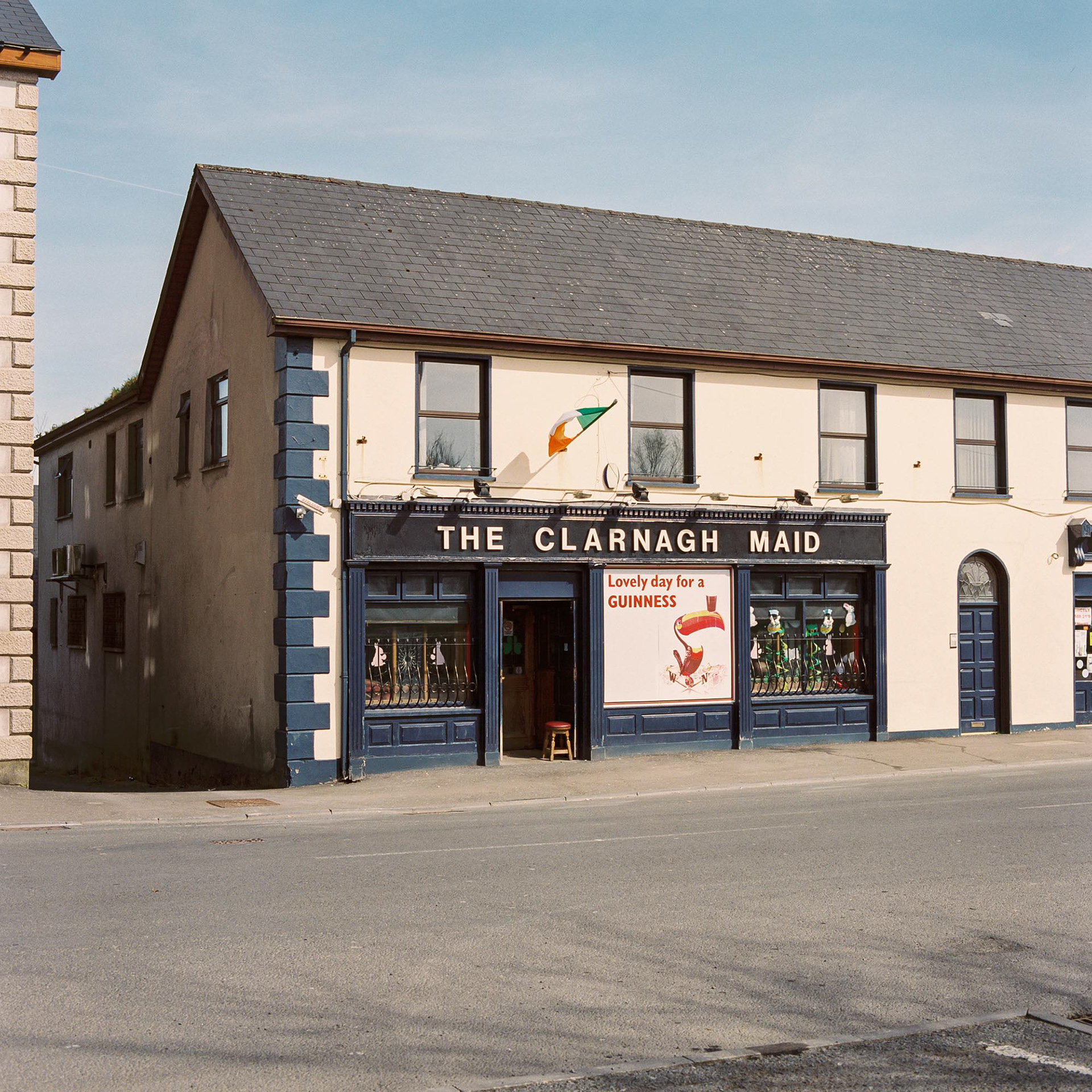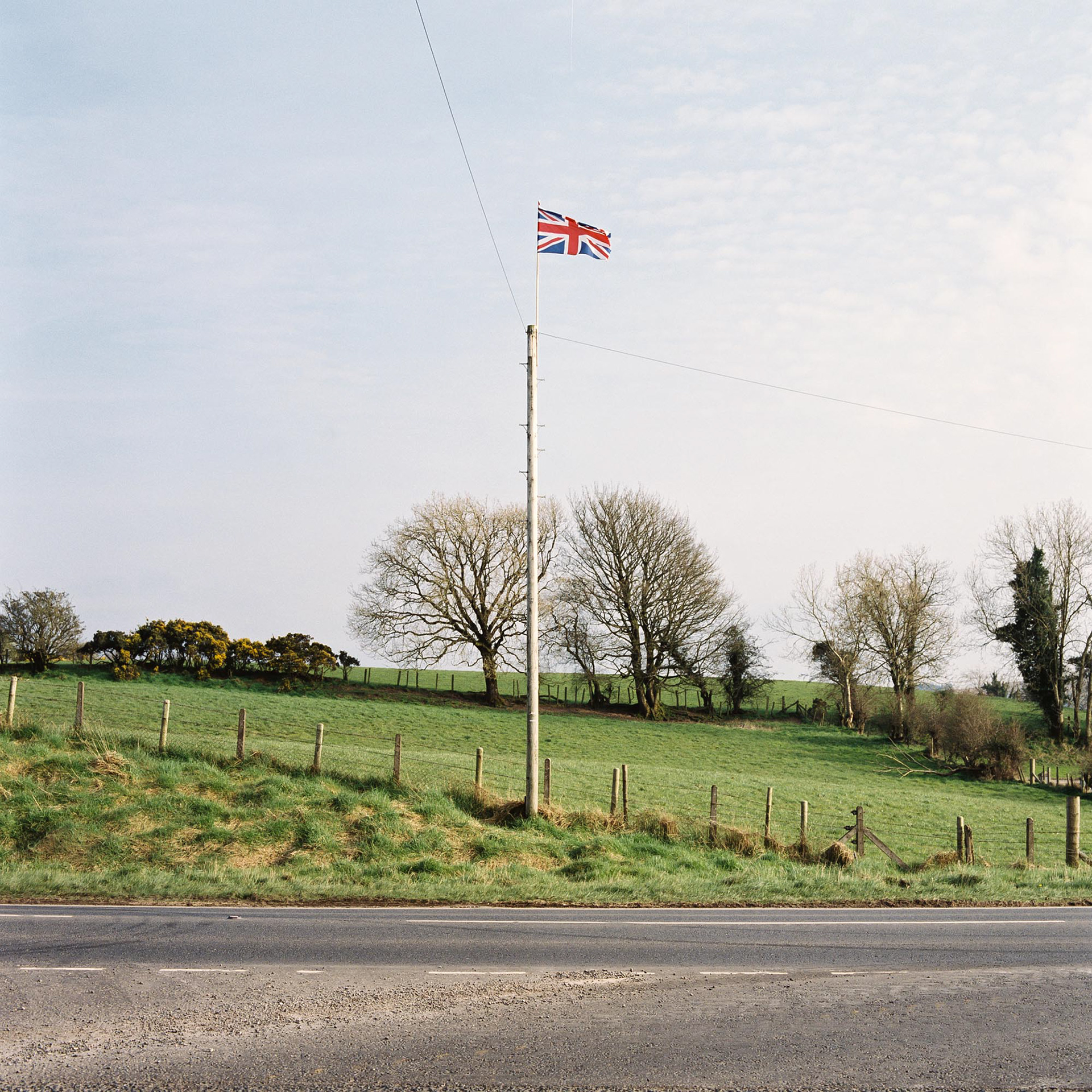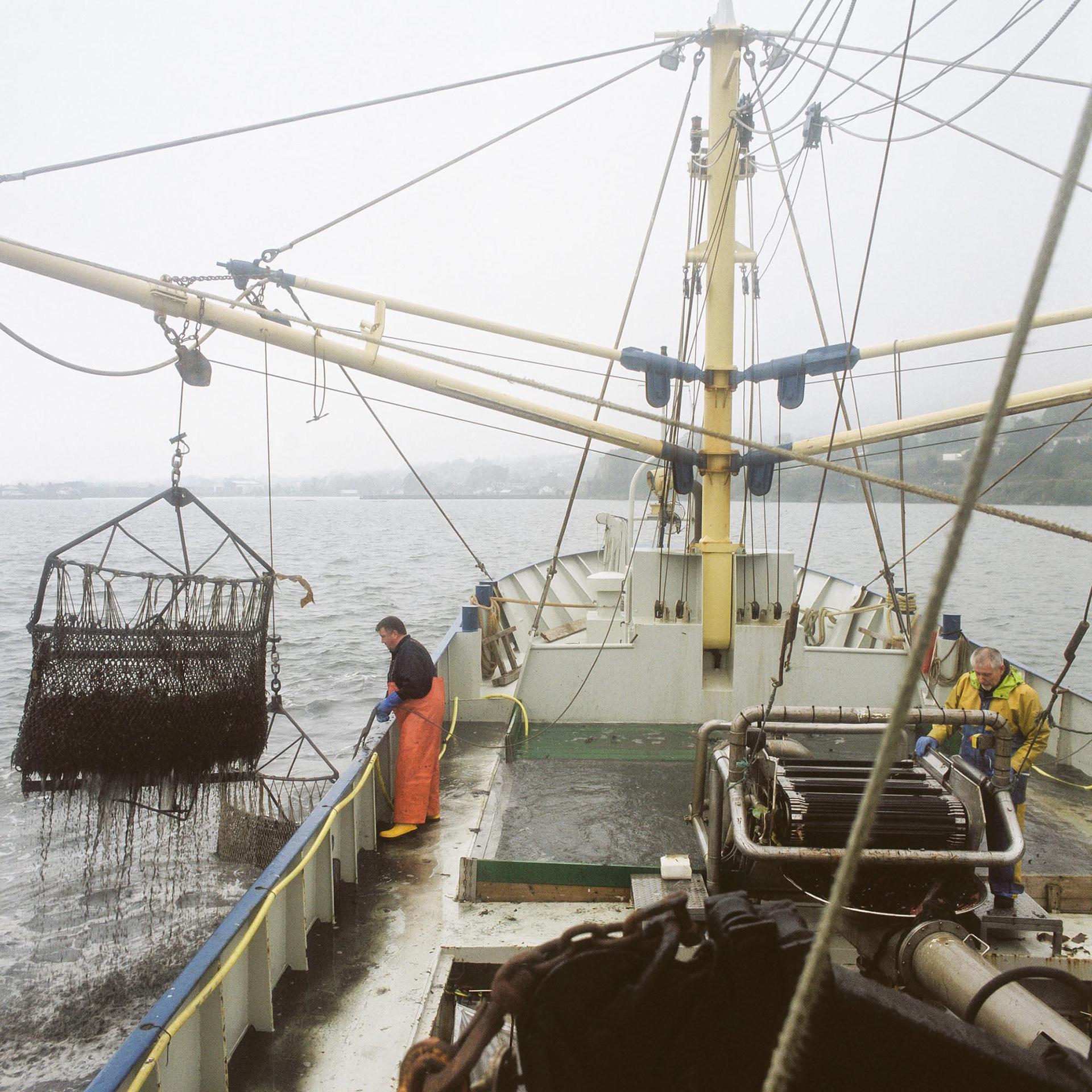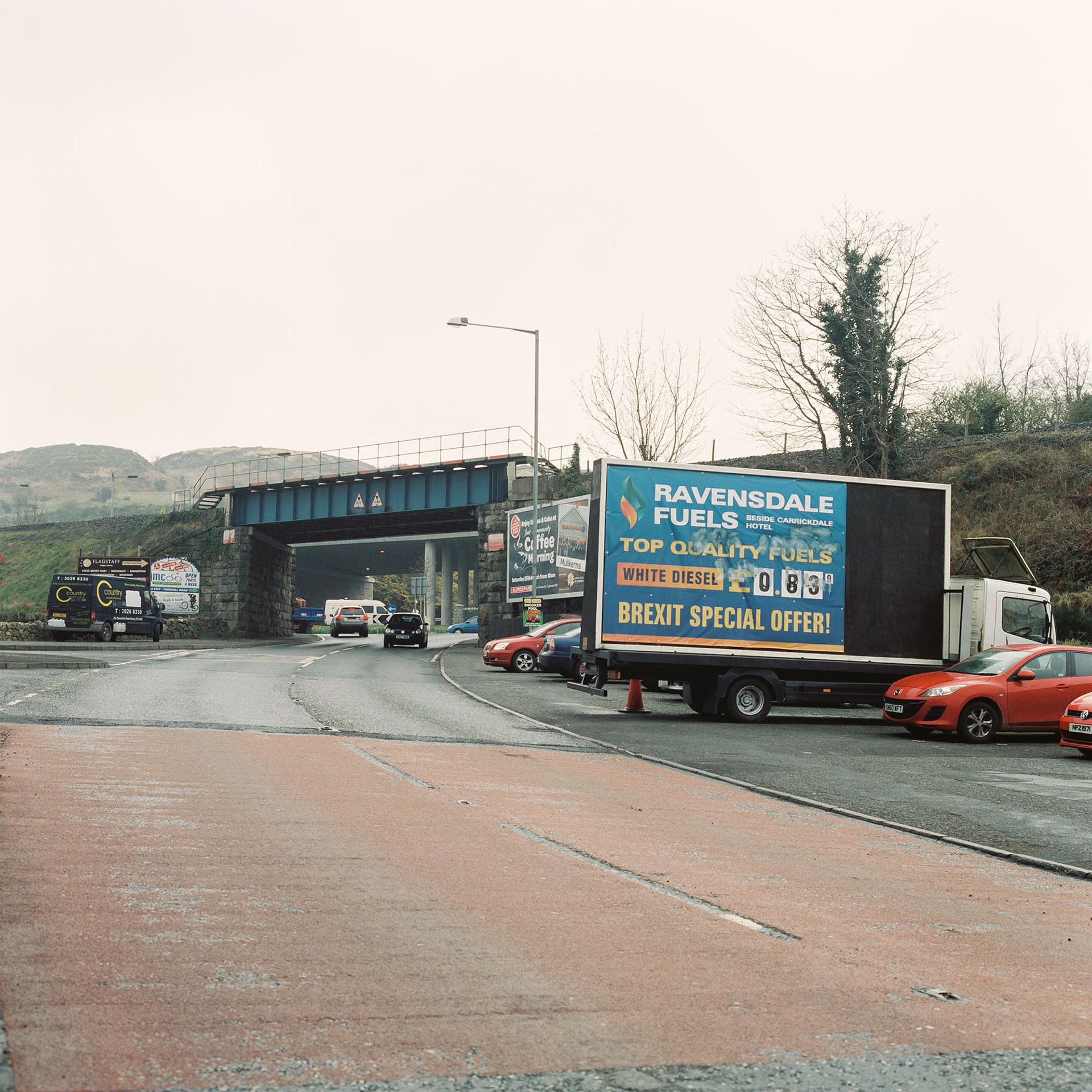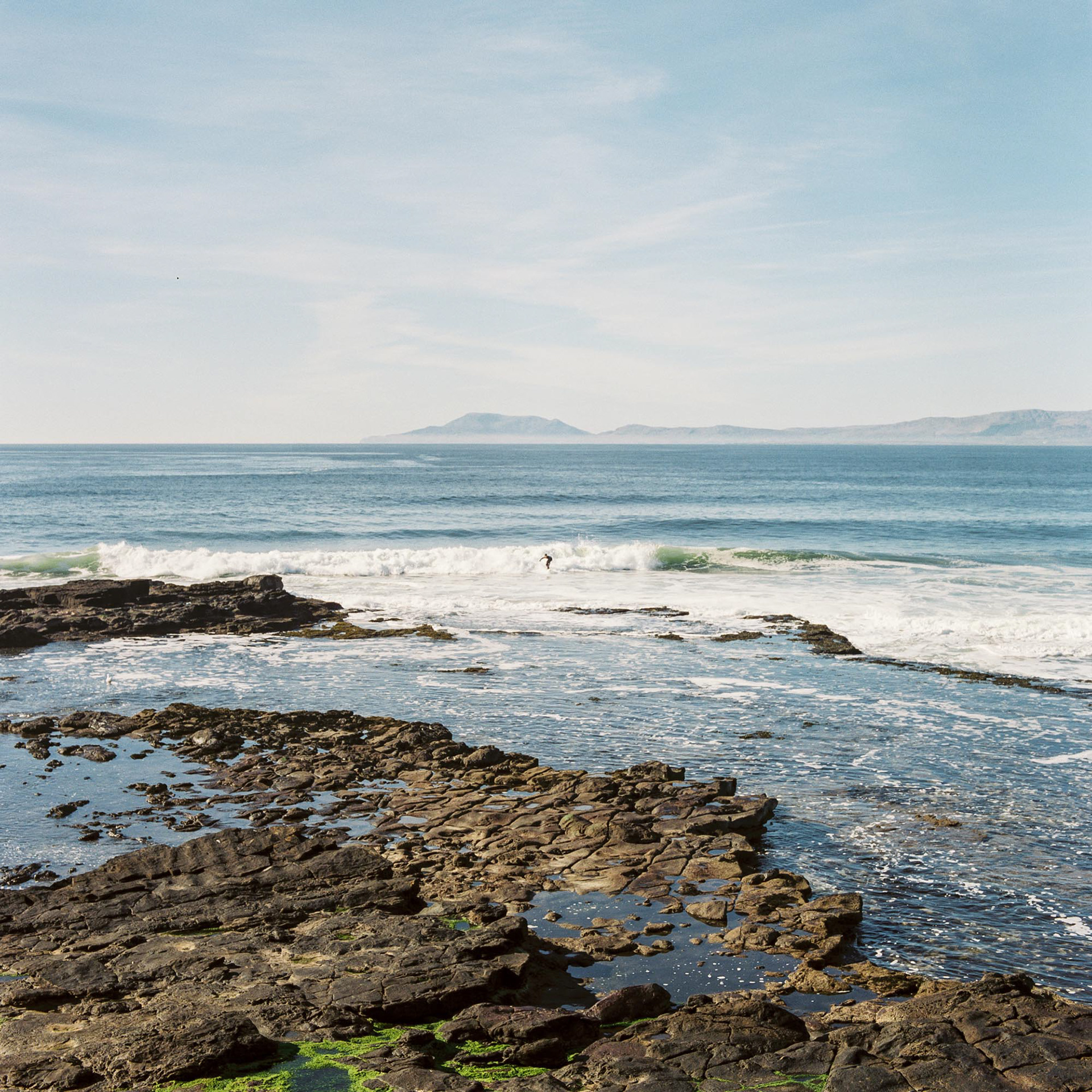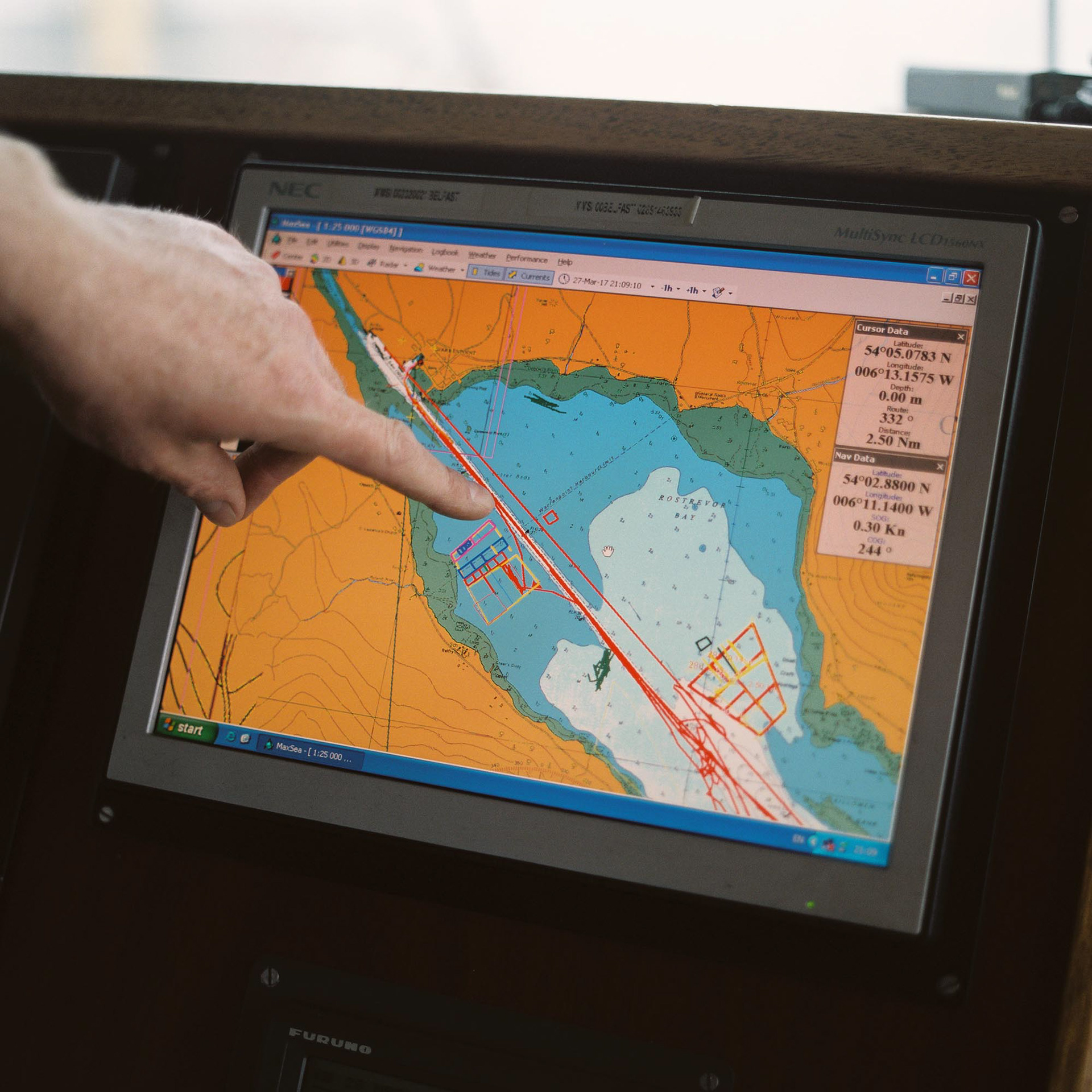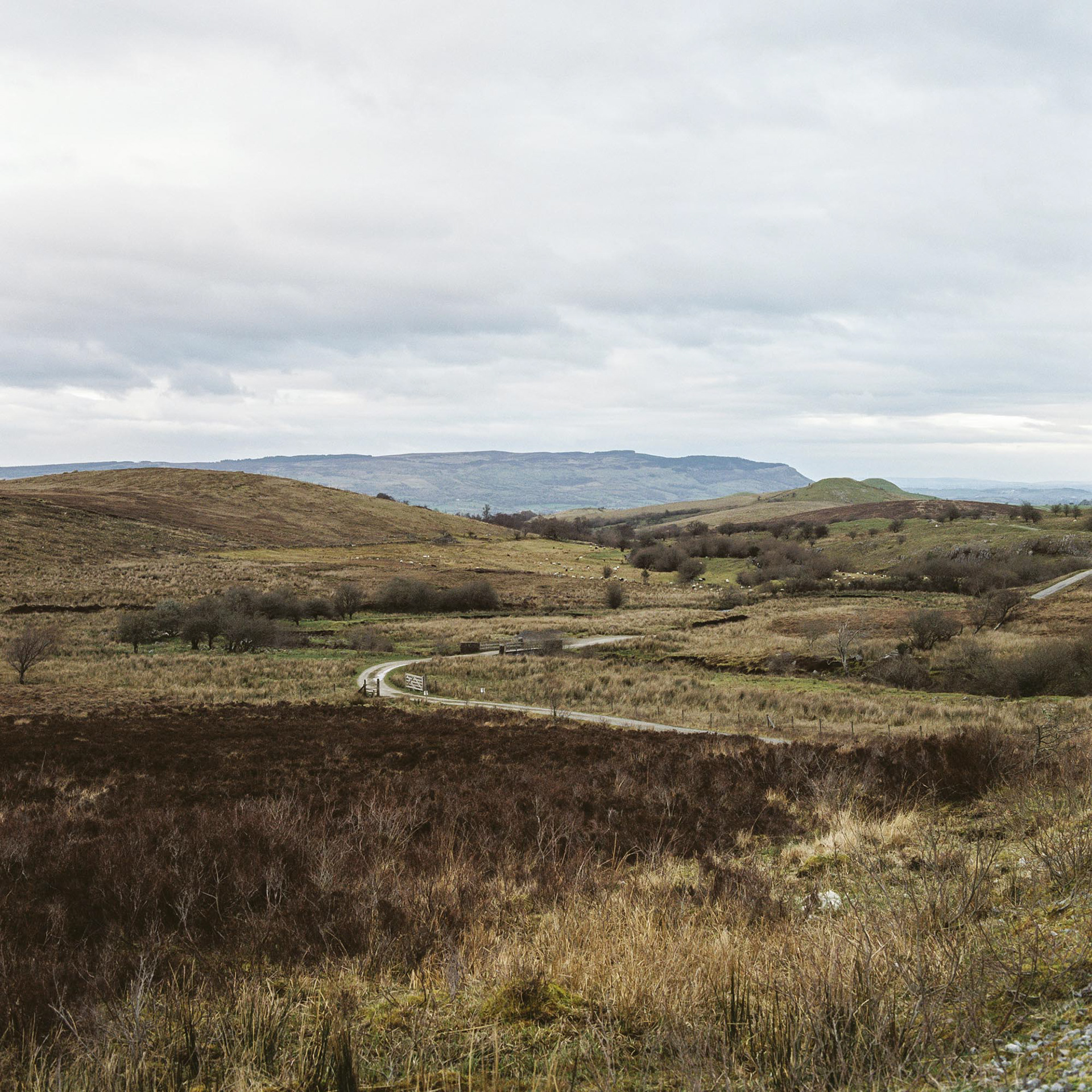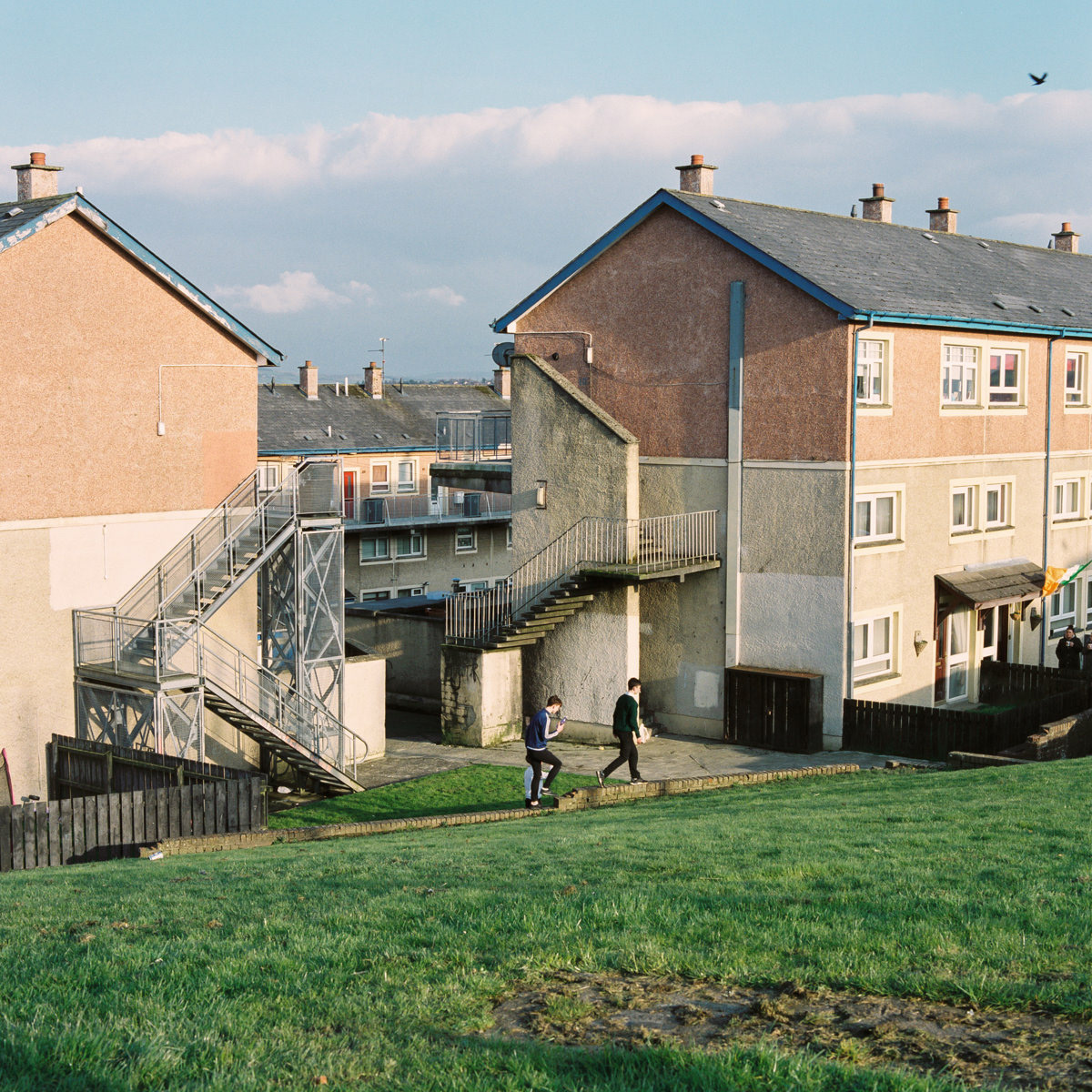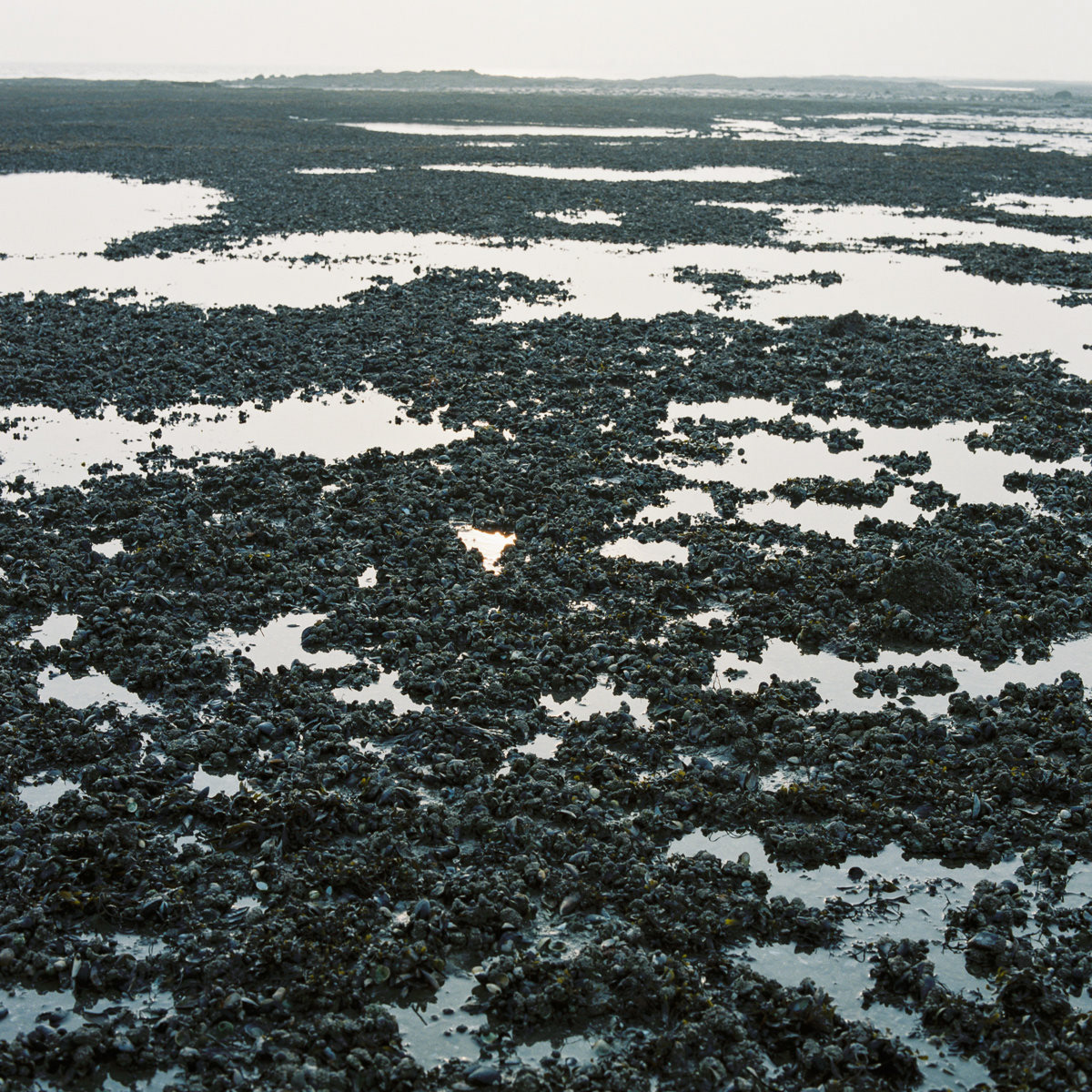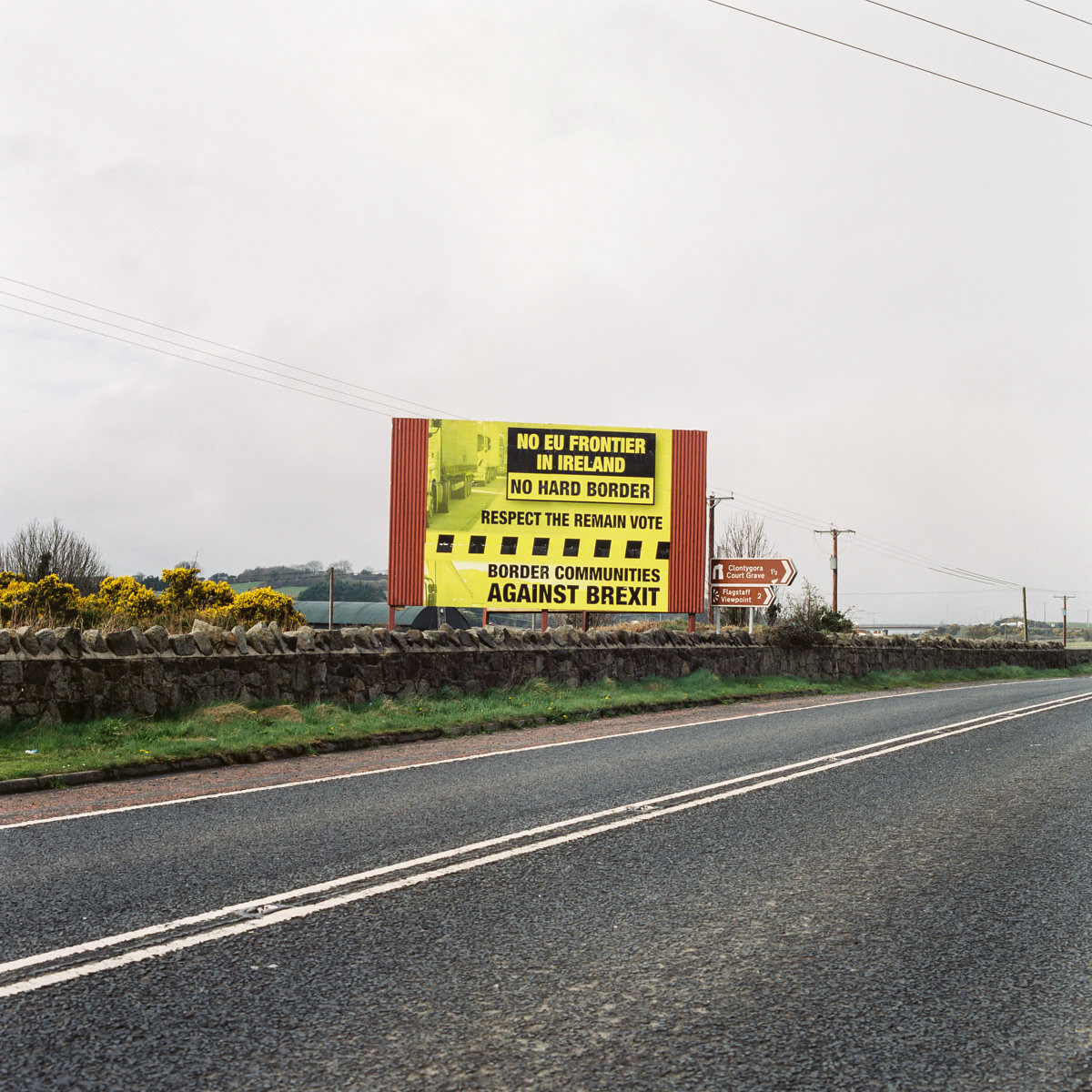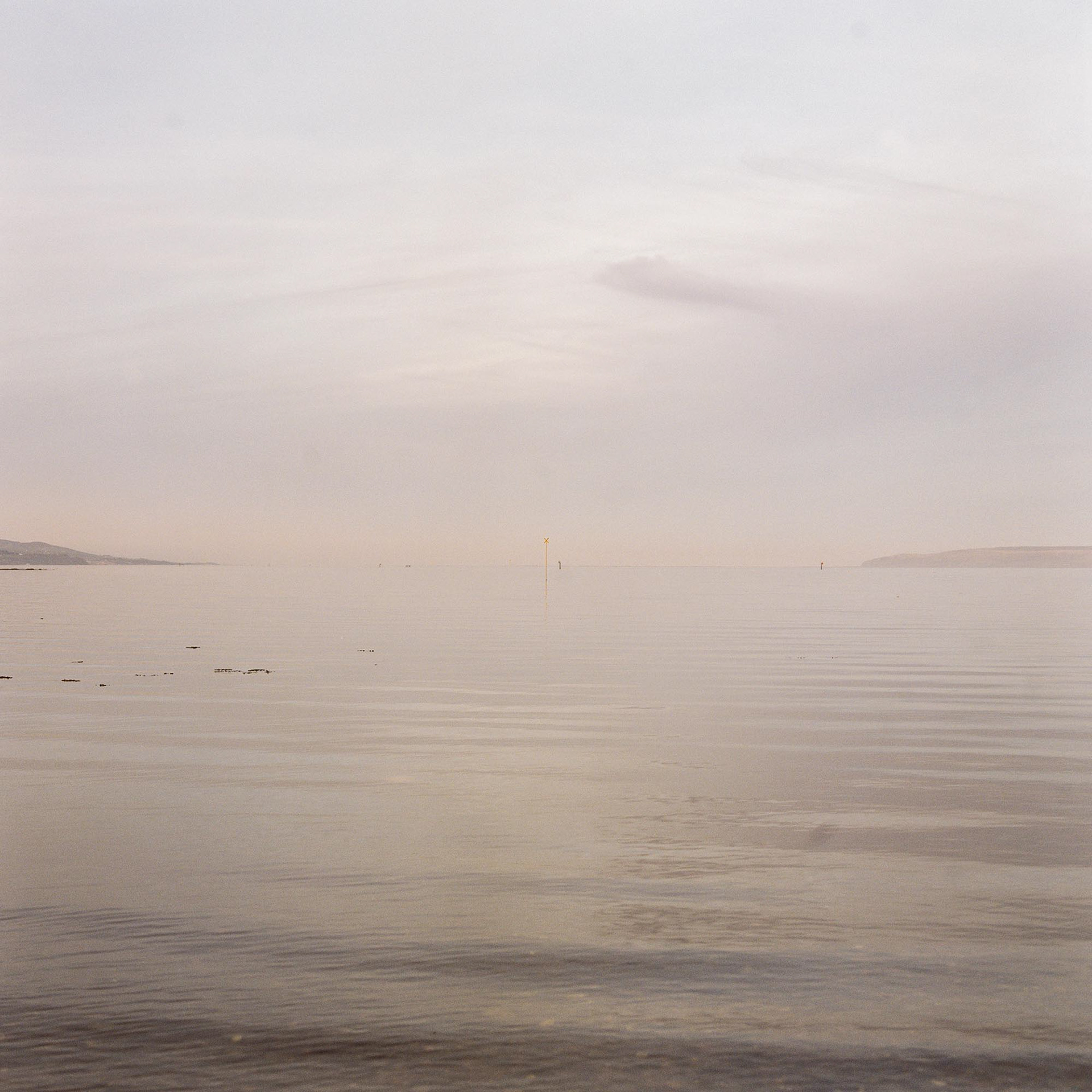“I have rarely felt more hopeless in any practical affair: an impasse with unspeakable consequences upon a matter which to English eyes seems inconceivably small and to Irish eyes immeasurably big. Isn’t it a real tragedy.” - Herbert Asquith
Commissioned by The New York Times. Published in Vanity Fair and Courrier International.
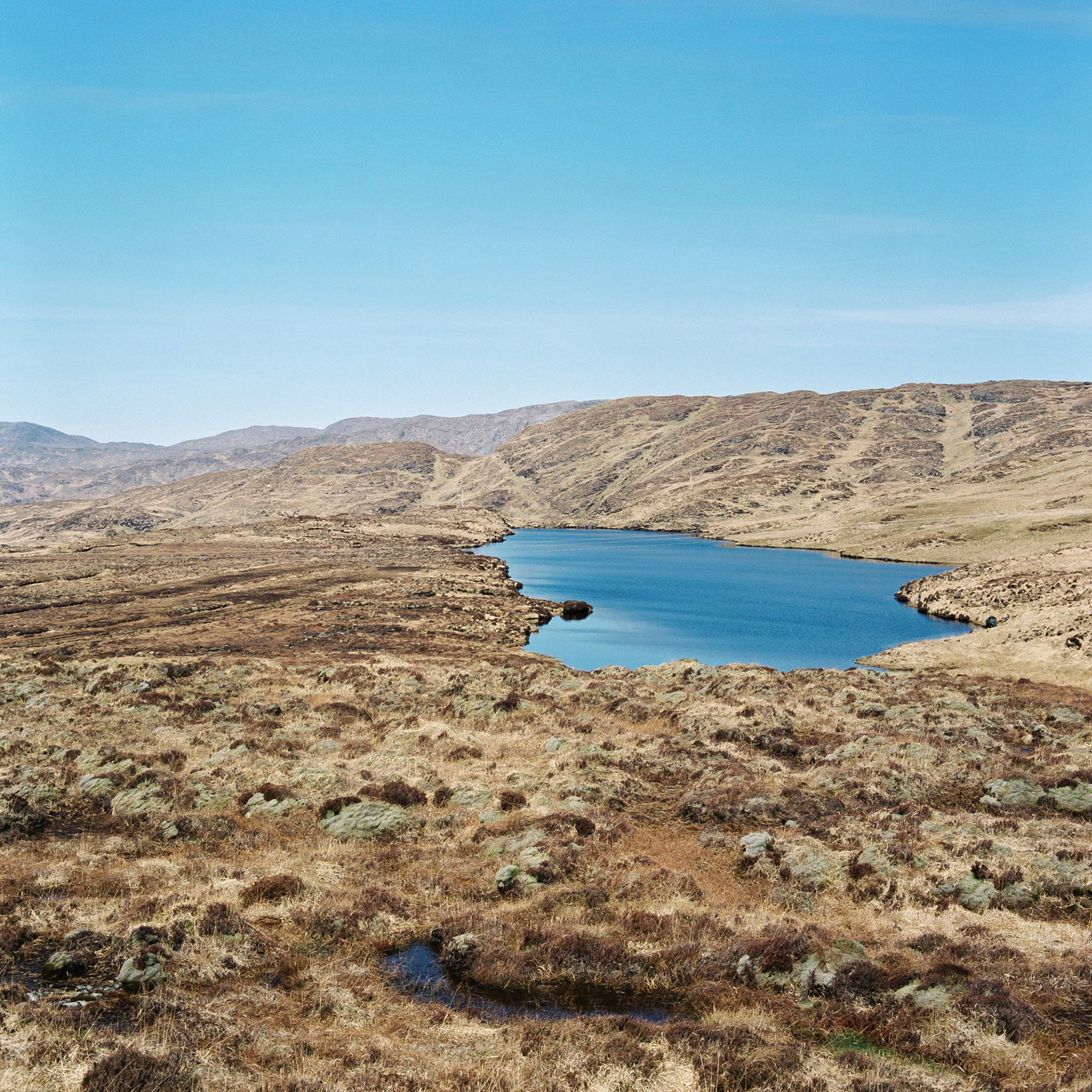
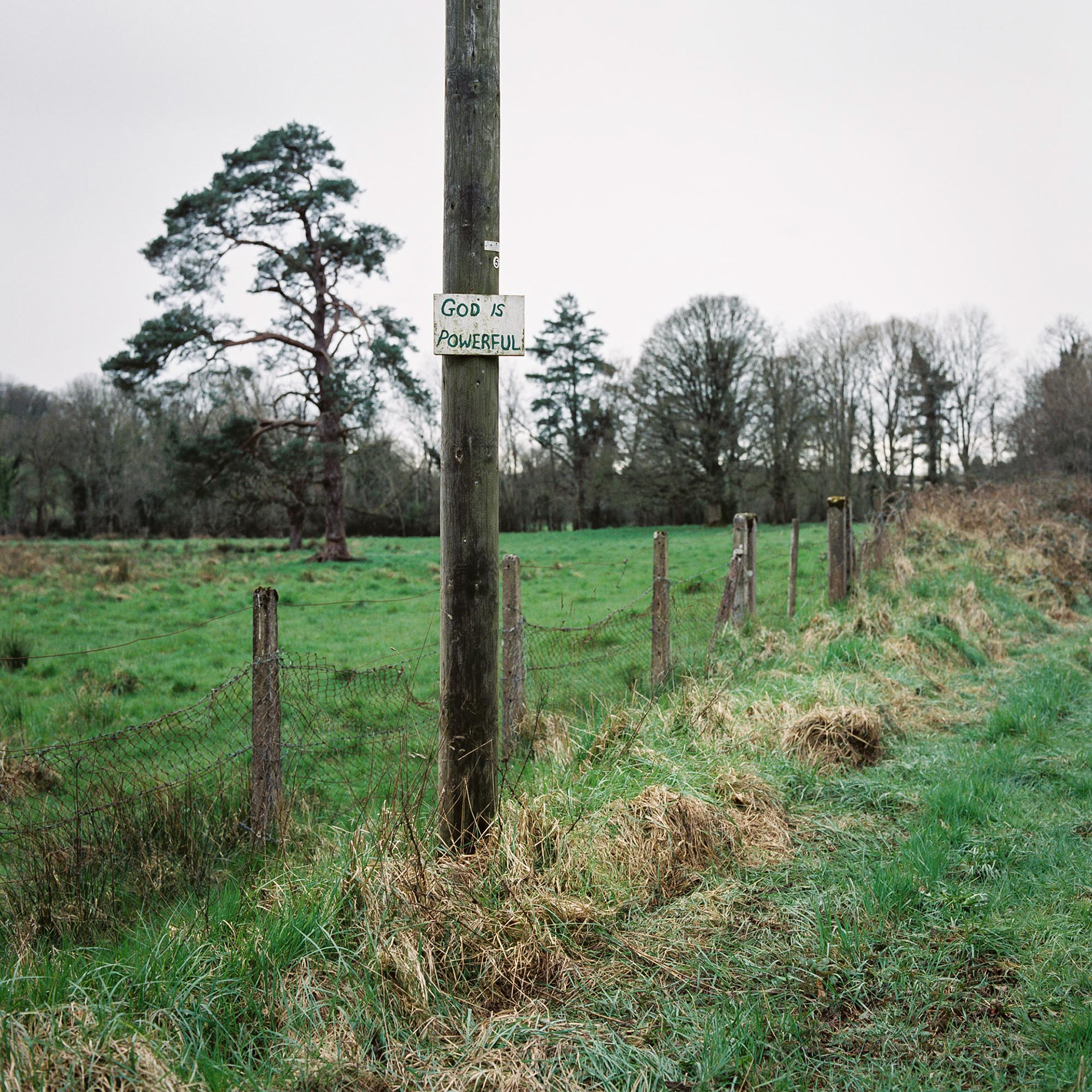
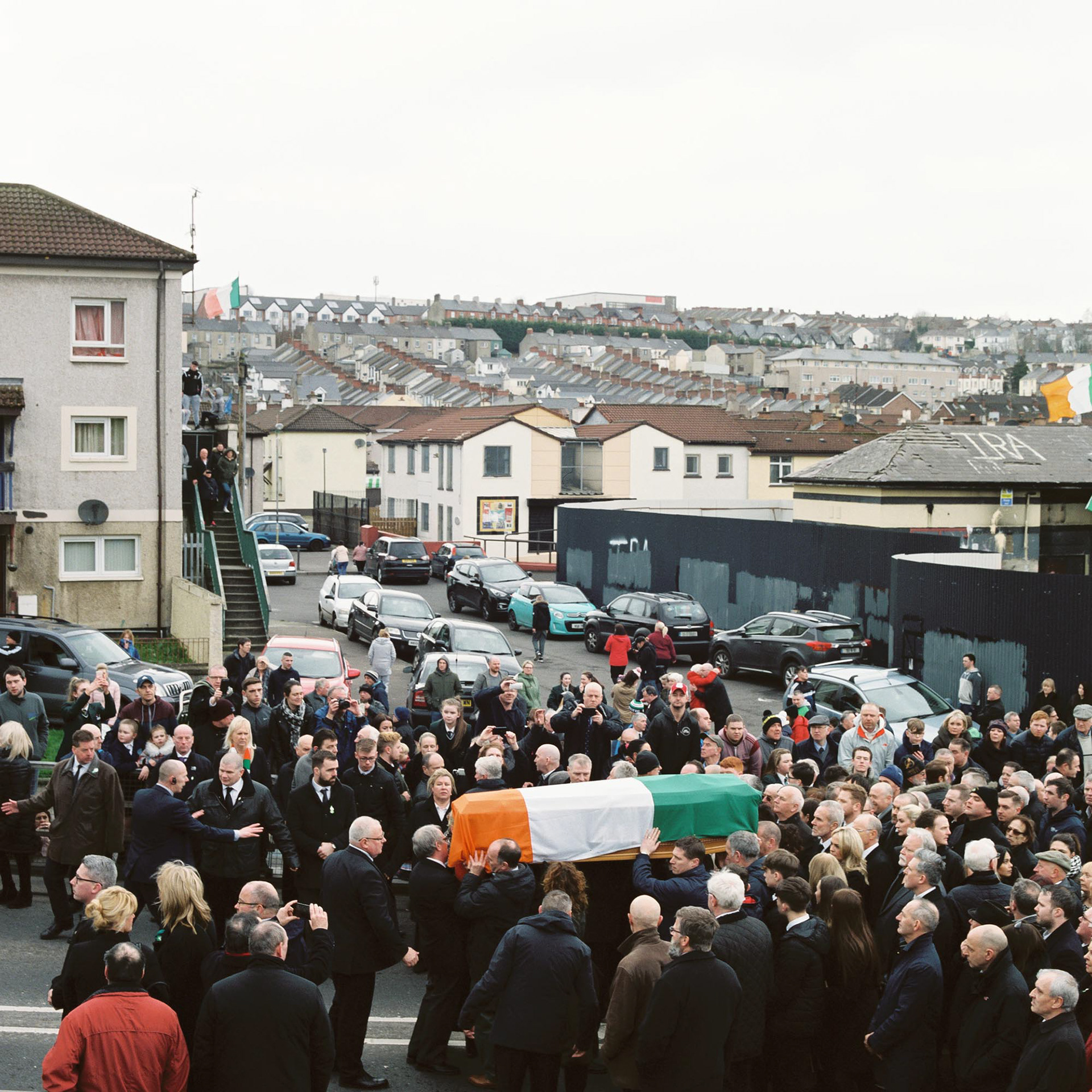


In July 1914, the Buckingham Palace Conference on Ireland took place between nationalist and unionist leaders, a last-ditch attempt to break the deadlock over Home Rule for Ireland.
Simultaneously the British cabinet pored over maps of Ireland's border counties, examining nationalist areas that might be included in a home rule parliament.
“We sat again for an hour and a half discussing maps and figures and always getting back to that most damnable creation of the perverted ingenuity of man – the County of Tyrone,” wrote UK prime minister Herbert Asquith. He went on to say:
“I have rarely felt more hopeless in any practical affair: an impasse with unspeakable consequences upon a matter which to English eyes seems inconceivably small and to Irish eyes immeasurably big. Isn’t it a real tragedy.”
I travelled from Lough Foyle to Carlingford Lough on the Irish Sea, weaving my way along the winding, at times imperceptible, yet ever significant official border.
Simultaneously the British cabinet pored over maps of Ireland's border counties, examining nationalist areas that might be included in a home rule parliament.
“We sat again for an hour and a half discussing maps and figures and always getting back to that most damnable creation of the perverted ingenuity of man – the County of Tyrone,” wrote UK prime minister Herbert Asquith. He went on to say:
“I have rarely felt more hopeless in any practical affair: an impasse with unspeakable consequences upon a matter which to English eyes seems inconceivably small and to Irish eyes immeasurably big. Isn’t it a real tragedy.”
I travelled from Lough Foyle to Carlingford Lough on the Irish Sea, weaving my way along the winding, at times imperceptible, yet ever significant official border.
